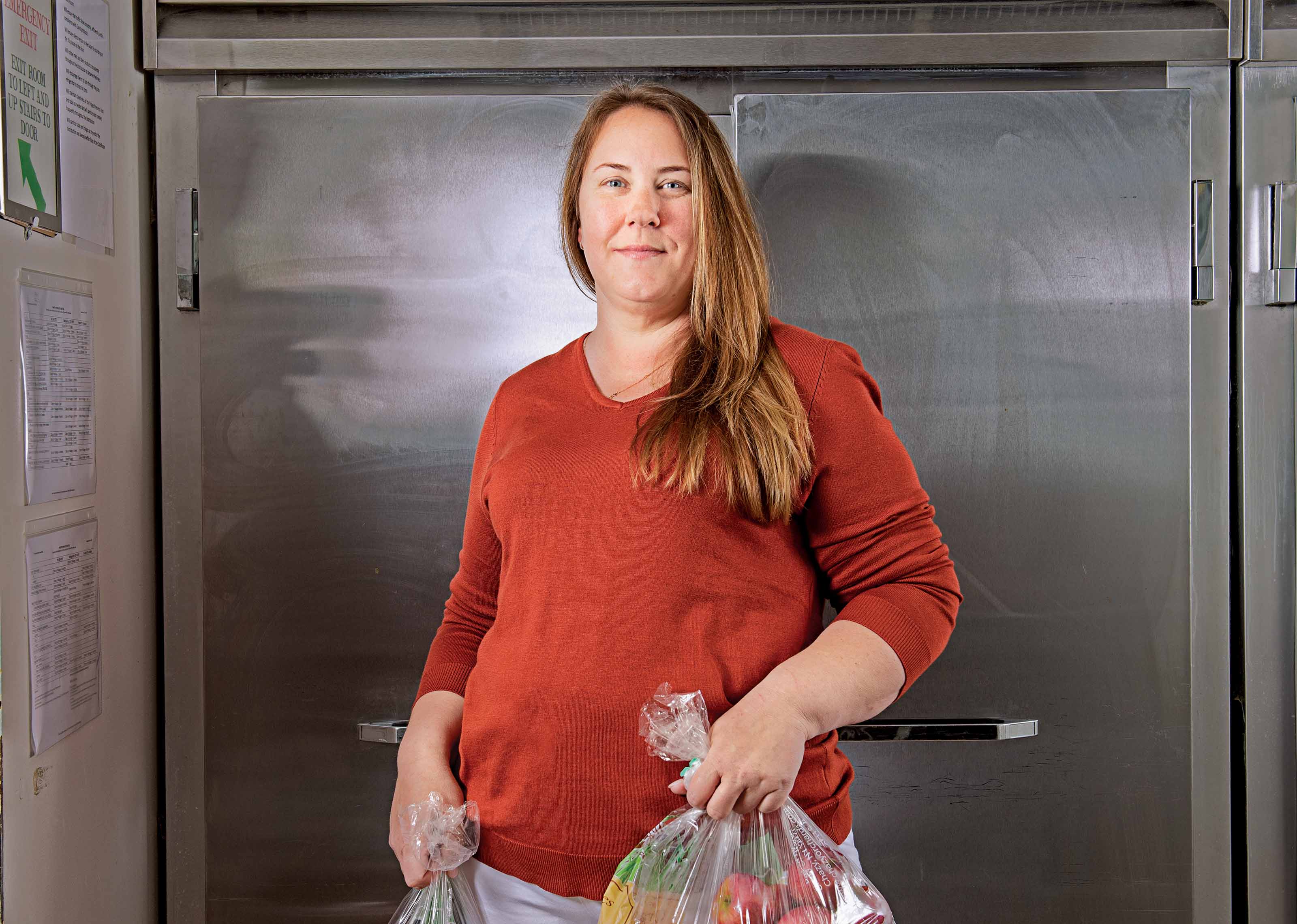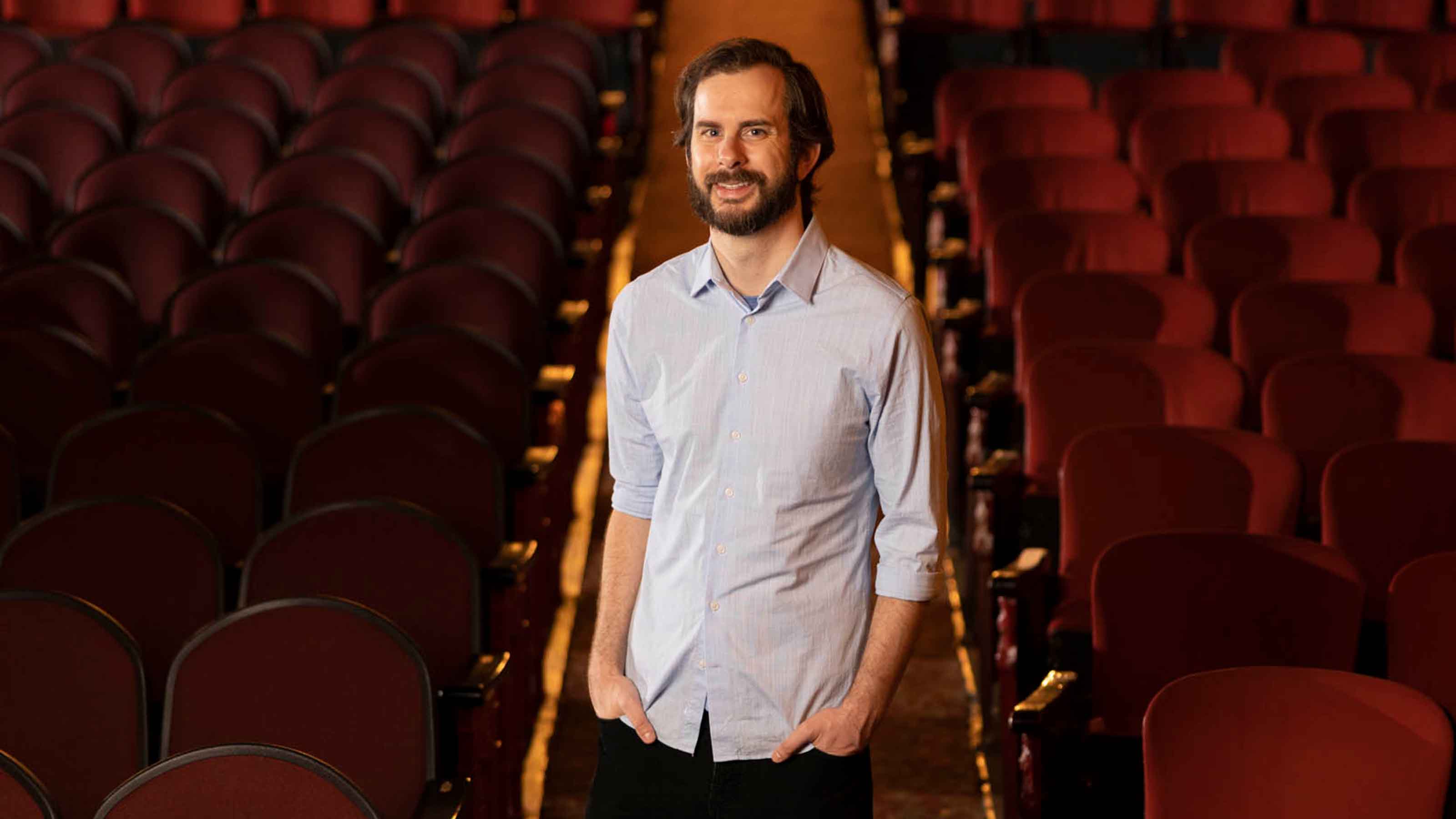Small-Business Success Story: Native American Natural Foods Inc.
The creators of Tanka products give a lift to athletes while supporting Native American business.

Kiplinger's spoke with Karlene Hunter, 63, cofounder and CEO of Native American Natural Foods Inc., a natural food company located on the Pine Ridge Indian Reservation in Kyle, South Dakota, about how she got her company off the ground. Here's an excerpt from our interview:
What's your connection with Pine Ridge? I'm Oglala Sioux, and while growing up in Denver I visited my grandmother here. I met and married my husband here, and we raised our family on Pine Ridge. I earned my master's degree from Oglala Lakota College and worked in education and economic development. The reservation has a 70% unemployment rate, and the average per capita income is $5,600. We're isolated, and creating a business here isn’t easy. To change things, we have to create opportunities from within. In 1996, I cofounded Lakota Express, a direct-marketing company, with my business partner Mark Tilsen. It's still going strong.
How did you get into the food business? At local chamber of commerce meetings, Mark and I heard local buffalo producers say they wanted new avenues to sell their products. Being marketers, we said, What if we created a value-added product? We thought of a traditional food called wasna, a combination of buffalo and berries packed into buffalo horns and carried by Native American runners and hunters.

Sign up for Kiplinger’s Free E-Newsletters
Profit and prosper with the best of expert advice on investing, taxes, retirement, personal finance and more - straight to your e-mail.
Profit and prosper with the best of expert advice - straight to your e-mail.
How did you develop the product? We worked with food scientists at the University of South Dakota to make wasna in bar form. We wanted to call it the Red Power Bar, but our youth said that was "so '70s." They named it Tanka, which means "Huge!" We found two food processors that could make the bars to our specifications. We launched in 2007, and we were the first meat protein power bar.
What was your marketing plan? Online and 800-number sales kept us alive until the economy stabilized and large distributors were willing to take new products. We associated ourselves with the natural/specialty sales division of Acosta [a national sales, marketing and merchandising company], which took us under its wing. Now we're in Whole Foods, REI and Costco. We also have a division to get healthy products into native lands, which are often food deserts.
How did you finance the start-up? It took us about $1.2 million to get to the large retailers. We took a loan of about $800,000 that was federally guaranteed by the Bureau of Indian Affairs. Later, we took a line of credit from a Native American community development financial institution. A CDFI is like a credit union that lends in depressed areas. We've had investors from native organizations and some foundations, too. They own about 30% of the company.
Where do you get your ingredients? Last year we secured about 25% of our raw ingredients from native producers -- buffalo from many tribes, cranberries from Wisconsin and wild rice from Minnesota.
How's business? We project $7 million in sales in 2016.
Are you making a living? Yes. No one else would work for what Mark and I pay ourselves, but we pay our staff well -- nobody works for minimum wage. Last year, we gave 5% of the company to our 22 employees so they could have ownership in what they're building. We want to create career-path jobs and help Native American people build assets.
Get Kiplinger Today newsletter — free
Profit and prosper with the best of Kiplinger's advice on investing, taxes, retirement, personal finance and much more. Delivered daily. Enter your email in the box and click Sign Me Up.

-
 Stock Market Today: Stocks Soar on China Trade Talk Hopes
Stock Market Today: Stocks Soar on China Trade Talk HopesTreasury Secretary Bessent said current U.S.-China trade relations are unsustainable and signaled hopes for negotiations.
By Karee Venema
-
 2026 Disney Dining Plan Returns: Free Dining for Kids & Resort Benefits
2026 Disney Dining Plan Returns: Free Dining for Kids & Resort BenefitsPlan your 2026 Walt Disney World vacation now. Learn about the returning Disney Dining Plan, how kids aged three to nine eat free, and the exclusive benefits of staying at a Disney Resort hotel.
By Carla Ayers
-
 How to Search For Foreclosures Near You: Best Websites for Listings
How to Search For Foreclosures Near You: Best Websites for ListingsMaking Your Money Last Searching for a foreclosed home? These top-rated foreclosure websites — including free, paid and government options — can help you find listings near you.
By Bob Niedt
-
 Four Tips for Renting Out Your Home on Airbnb
Four Tips for Renting Out Your Home on Airbnbreal estate Here's what you should know before listing your home on Airbnb.
By Miriam Cross
-
 Is Relief from Shipping Woes Finally in Sight?
Is Relief from Shipping Woes Finally in Sight?business After years of supply chain snags, freight shipping is finally returning to something more like normal.
By David Payne
-
 Economic Pain at a Food Pantry
Economic Pain at a Food Pantrypersonal finance The manager of this Boston-area nonprofit has had to scramble to find affordable food.
By Emma Patch
-
 The Golden Age of Cinema Endures
The Golden Age of Cinema Enduressmall business About as old as talkies, the Music Box Theater has had to find new ways to attract movie lovers.
By Emma Patch
-
 Pricey Gas Derails This Uber Driver
Pricey Gas Derails This Uber Driversmall business With rising gas prices, one Uber driver struggles to maintain his livelihood.
By Emma Patch
-
 Smart Strategies for Couples Who Run a Business Together
Smart Strategies for Couples Who Run a Business TogetherFinancial Planning Starting an enterprise with a spouse requires balancing two partnerships: the marriage and the business. And the stakes are never higher.
By Alina Tugend
-
 Fair Deals in a Tough Market
Fair Deals in a Tough Marketsmall business When you live and work in a small town, it’s not all about profit.
By Emma Patch